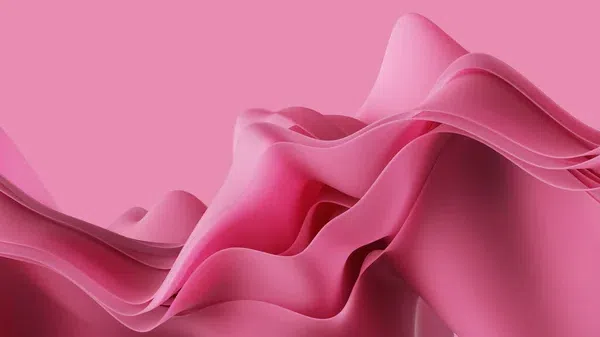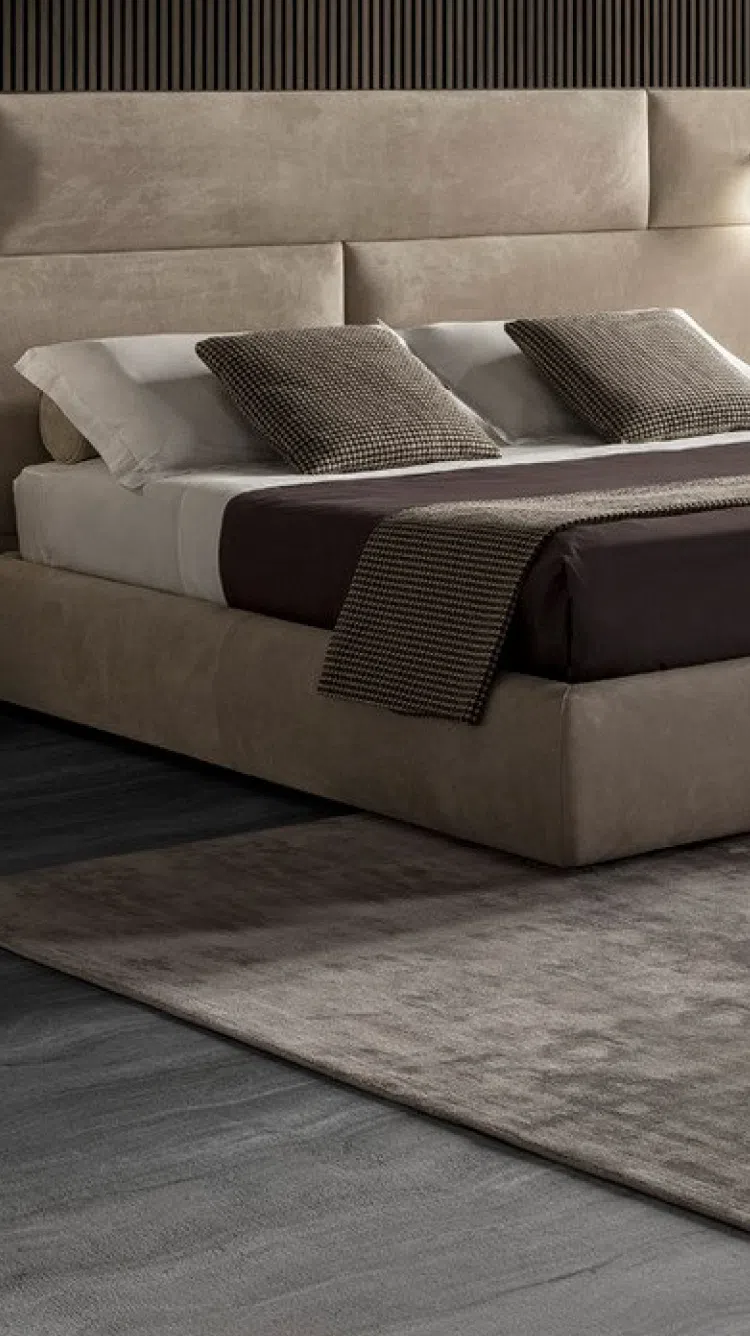
Artificial silk, often referred to as art silk, is a synthetic fiber that mimics the properties of natural silk but is produced using chemical processes. The term "artificial silk" can refer to several different materials that share a similar appearance and texture to natural silk, including:
Rayon: This is perhaps the most common form of artificial silk. Rayon is a regenerated cellulose fiber made from natural sources such as wood pulp. It is produced by dissolving cellulose to a viscous solution which is then extruded through spinnerets to form filaments. The resulting filaments are then solidified into fiber form. Rayon can be made to resemble silk in appearance and touch. Variations of Rayon include viscose rayon and lyocell (Tencel).
Polyester: Polyester can be textured to have the hand feel and drape of silk, but it is entirely synthetic, made from petrochemicals. It's commonly used in a variety of textiles because it is durable, wrinkle-resistant, and often less expensive than natural silk.
Acetate and Triacetate: Cellulose acetate fibers are also known as artificial silks and were first manufactured as a silk impersonator in the 1920s. These fibers are made by reacting purified cellulose with acetic anhydride and then extruding it.
Nylon: Nylon, a synthetic polymer, was originally developed as a silk substitute. When woven with a certain texture, it can give a sheen and feel somewhat like silk but is not as soft and has a slightly different drape.
Properties of Artificial Silk:
- Appearance: Depending on how it is manufactured, artificial silk can closely resemble the sheen and luster of natural silk.
- Texture: While it can mimic the hand feel of silk, artificial silk may not have the exact smoothness and specific tactile sensation of natural silk. This depends on the method of production and the fiber quality.
- Durability: It is often more durable and less prone to damage from insects or mildew compared to natural silk.
- Care: Generally, artificial silk is easier to care for and can often be machine-washed and dried, although some types may still require delicate handling.
- Cost: One of the primary benefits of artificial silk over the real thing is its cost. It is generally much cheaper to produce and purchase.
- Sustainability: The environmental impact varies by the type of artificial silk. Rayon, for example, is made from renewable plant materials but involves a chemical process that has historically been quite polluting, although methods are improving. On the other hand, polyester is not biodegradable but can be recycled.
Applications of Artificial Silk: Artificial silk is used widely in the production of various consumer goods. It can be found in clothing, upholstery, curtains, bedding, and many other fabric-related applications where a lustrous and soft material is desirable. However, while it can often serve as a more affordable and durable substitute for silk, the differences in hand feel, drape, and environmental impact can make it a less suitable choice for high-end luxury goods that prize the unique qualities of real silk.


